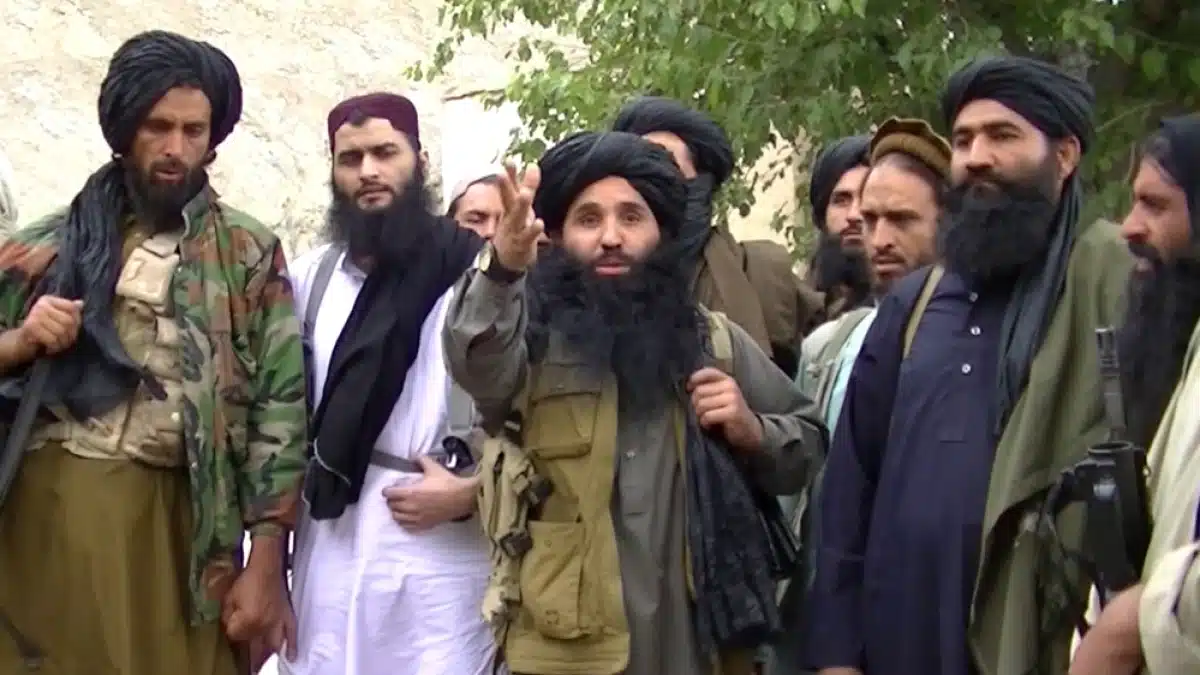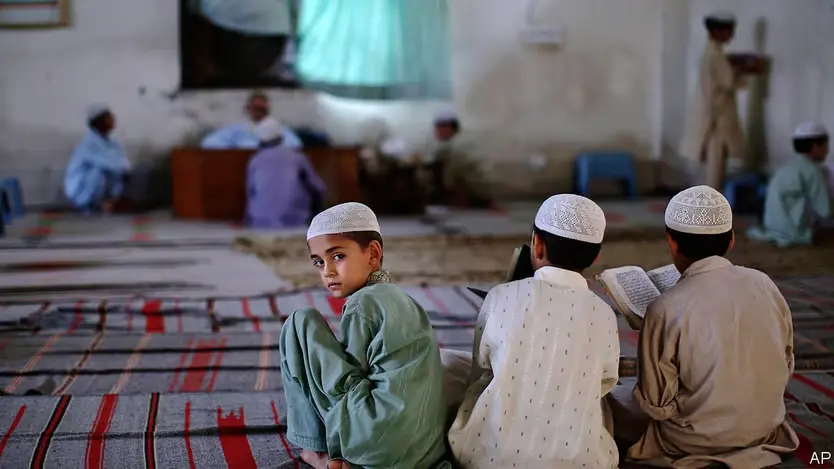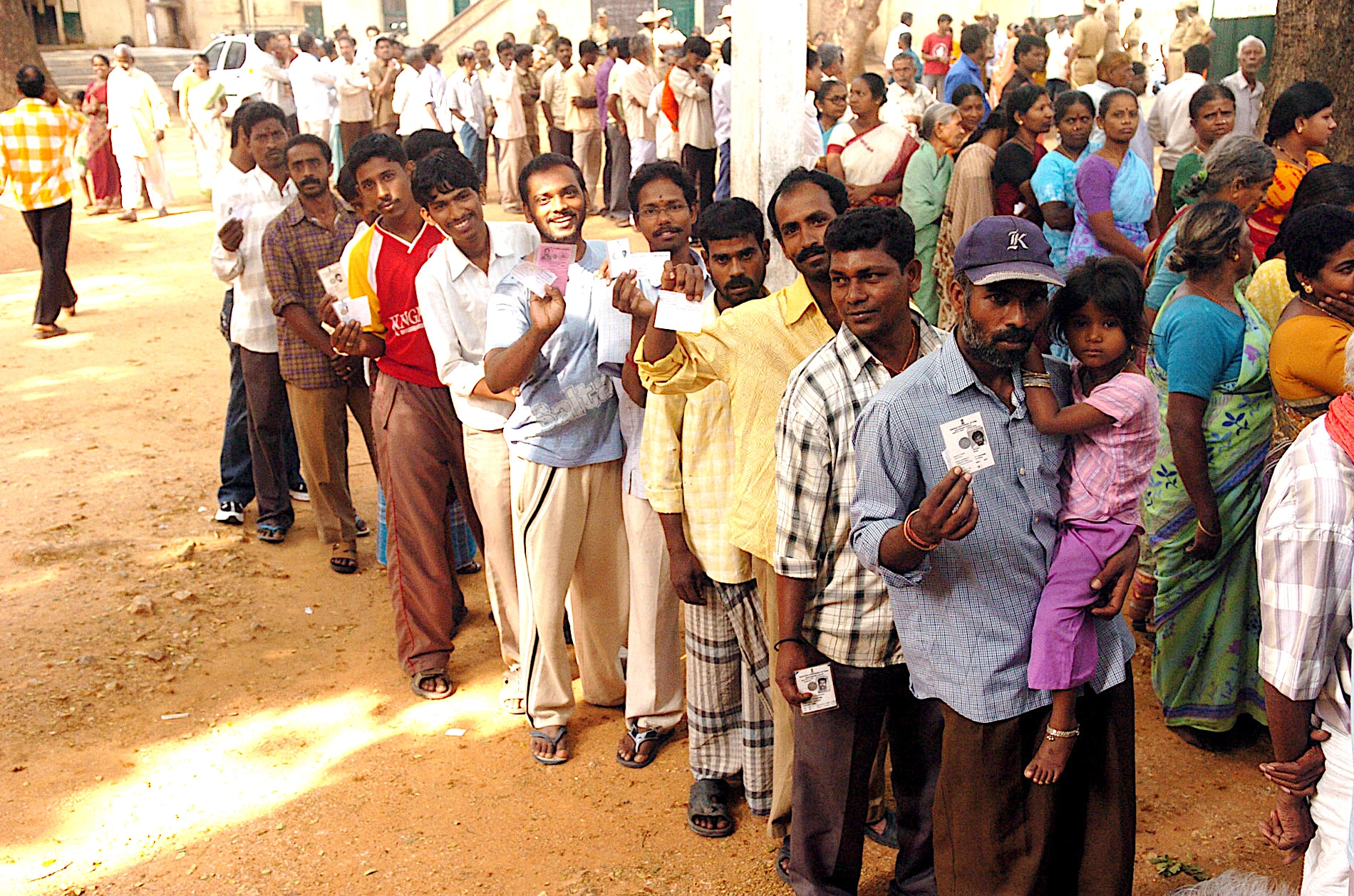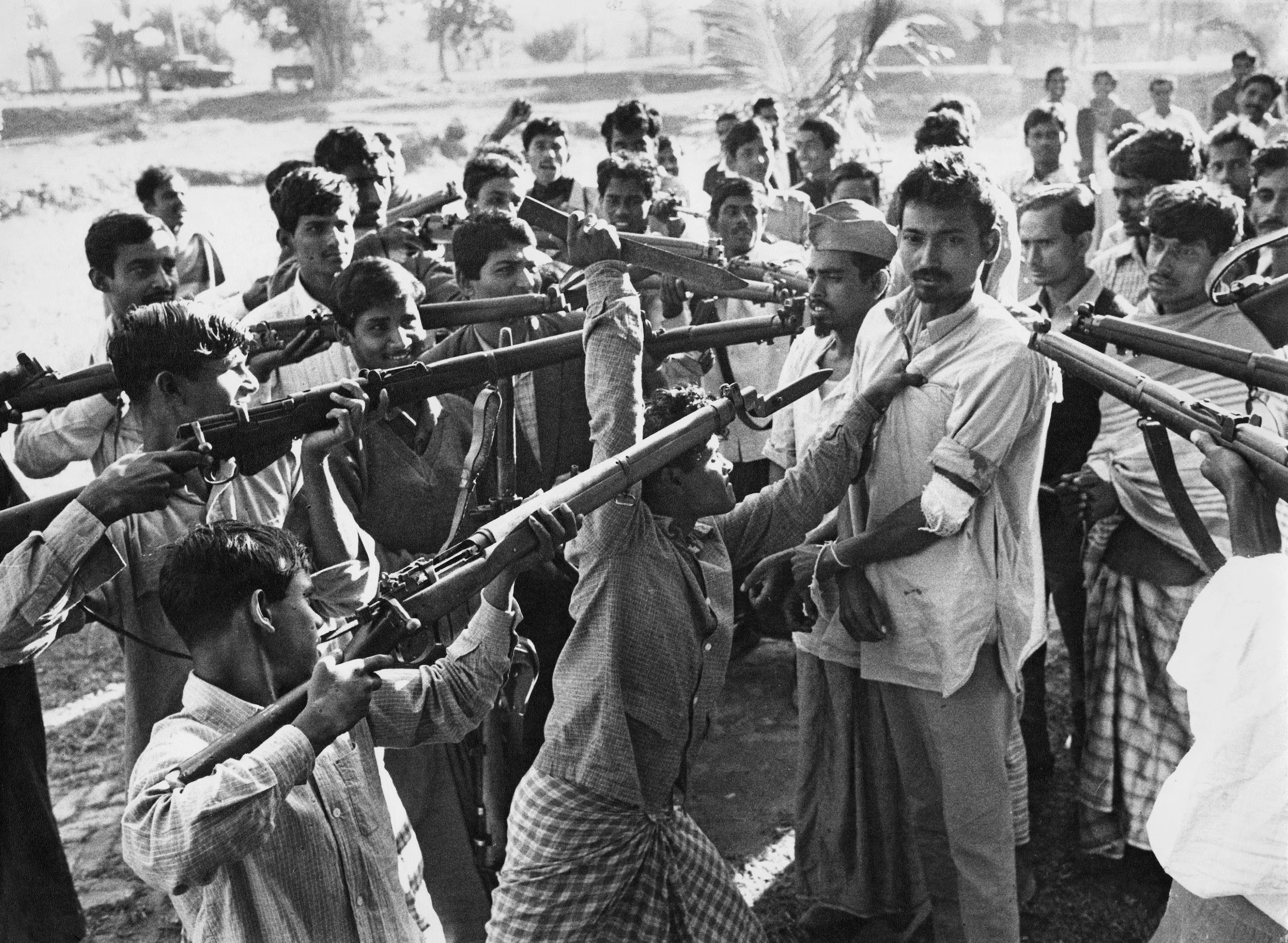The preceding week saw Pakistan continuing its battle against terrorism, which has marred much of the country’s past and unfortunately paints a daunting image of its foreseeable future. Amid the long battle, though, as is true for most, the country has also demonstrated considerable resilience, courage, and a desire for positive change. While experiencing a period of enormous uncertainty and inevitable paradoxes reminiscent of the famous opening lines of Dickens’ A Tale of Two Cities, Pakistan is yet to find a desirable end for its many seemingly perennial troubles.
Notwithstanding domestic shortcomings, there is a dire need for international acknowledgment of what can perhaps be described as the greatest obstacle to enduring peace in the region—India’s hegemonic pursuits.
Terrorism in Pakistan: The War of Narratives
With a span of 43 years between them, Pakistan commemorated the anniversaries of two of its most tragic episodes on December 16. Whereas an internal conflict in Pakistan in 1971 led to its third war with India, resulting in the secession of East Pakistan and the subsequent creation of Bangladesh, a terrorist attack launched by the Tehrik-i-Taliban Pakistan (TTP) on the Army Public School in Peshawar in 2014 killed nearly 150 people, of whom at least 134 were young students.
Despite a wounded national conscience and an unprecedented 51 percent increase in the number of terrorist attacks since the Taliban took control of Afghanistan in August last year, Pakistan has redoubled its efforts to hold India accountable for its destabilising ventures against the country. In light of the arrest of three terrorists, Pakistan’s interior minister, Rana Sanaullah, said last week that the country has concrete proof that the Indian intelligence agency Research and Analysis Wing (RAW) was responsible for the explosion that occurred in Johar Town, Lahore, the previous year. He said that India had given the terrorists more than $800,000 to complete the mission and claimed that there is irrefutable evidence linking India and its premier intelligence agency, RAW, to several terrorist attacks in Pakistan.
Not only was this development in Pakistan followed by the announcement of formally sharing a dossier with the United Nations in relation to Indian involvement, but also a fiery exchange between the countries’ foreign ministers.
After S. Jaishankar, the Minister of External Affairs of India, accused Pakistan of harbouring Osama bin Laden and serving as the “epicenter of terrorism,” Pakistan’s Foreign Minister, Bilawal Bhutto, stated in his UNSC speech that while Osama bin Laden was dead, the “Butcher of Gujarat” was still alive and was currently the prime minister of India. FM Bilawal reminded the audience that Narendra Modi was barred from entering the United States until he became prime minister, using the moniker he had acquired for his oversight of the 2002 massacre of Muslims in Gujarat.
Unsurprisingly, FM Bilawal’s remarks sparked protests across India and prompted Jaishankar to derisively respond, “Our expectation levels with the Pakistanis are never very high.”
Footprints of RAW
In spite of the prejudice factor, they would inevitably draw India’s criticism for and the disquiet they caused in the country, the words of Pakistan’s FM Bilawal Bhutto rang true.
For years, accusations of interference in the affairs of India’s neighbors have been leveled against the country’s foreign intelligence agency, the Research and Analysis Wing (RAW). It was first established in 1968 to counteract China’s influence but has for quite some time redirected its concentration to Pakistan—India’s other widely accepted adversary. According to numerous reports, RAW and Pakistan’s Inter-Services Intelligence (ISI) have been conducting clandestine operations against one another for more than 30 years. Although these conflicts are still being fueled by the protracted Kashmir conflict, Afghanistan has emerged as a relatively new front in the power struggle. Pakistan believes that India\’s expanding diplomatic efforts in Afghanistan are an attempt by RAW operatives to destabilize Pakistan. It is worthy of mention here that along the Afghan border in Pakistan’s Balochistan Province, RAW is charged with providing training and weapons to terrorist groups.
Although being created principally to focus on China and Pakistan, the organization has expanded over the last 40 years and is accredited with significantly bolstering India’s influence internationally.
The organization asserts that it was instrumental in a number of foreign policy triumphs for India, including the creation of Bangladesh in 1971, India’s expanding influence in Afghanistan, the accession of the northeastern state of Sikkim to India in 1975, the security of India’s nuclear program, and the success of African liberation movements during the Cold War. According to B. Raman, a former RAW official, in the 2007 book The Kaoboys of R&AW: Down Memory Lane, RAW had two aims once it was founded: the group attempted to increase its capacity for covert action in East Pakistan (now Bangladesh), and gathering intelligence on China and Pakistan. According to some scholars, RAW attempted to incite an independence sentiment in East Pakistan, which was established as a result of the division of the Indian state of Bengal and entirely cut off from the rest of Pakistan.
Also Read: India’s Ingress Into Afghanistan: Why Should Pakistan Worry
Interventions in the Region
Along with the Indian army and other Indian security and intelligence agencies, RAW was a key player in the creation of Bangladesh.
It also trained and armed Mukti Bahini—a guerrilla resistance movement consisting of East Pakistan’s military, paramilitary, and civilians fighting for the independent state of Bangladesh—in addition to supplying intelligence to decision-makers and the army. According to analysts, RAW also made it easier for the northern province of Sikkim to join India in 1975 and gave military support to organizations that opposed Myanmar’s pro-China regime, such as the Kachin Independence Army.
Nonetheless, RAW garnered more reproval from human rights organizations for its support of Sri Lanka’s Liberation Tigers of Tamil Eelam (LTTE), a Tamil separatist organization. It provided the LTTE with training and weapons in the 1970s, but abandoned this assistance when the organization’s terrorist operations intensified in the 1980s, including its affiliations with separatist factions in the southern Indian state of Tamil Nadu. Later, the Indian army wound up combating the group RAW had sponsored in consideration of an agreement India had struck with the Sri Lankan government to send peacekeeping forces to the island in 1987. The chapter ended on a dark note when an LTTE suicide bomber assassinated Rajiv Gandhi in 1991, who was the prime minister of India at the time of the deployment of the peacekeeping force.
Ingress into Afghanistan
Due to the information KHAD—the main security and intelligence agency of Afghanistan—has given to RAW about Pakistan since the latter’s inception in 1968, the two organizations have maintained a tight liaison. When the groundwork for trilateral collaboration between RAW, KHAD, and the Soviet KGB was laid in the early 1980s, this connection was further cemented. B. Raman has claimed in his book that RAW valued KHAD’s assistance in observing the Sikh militants’ actions in Pakistan’s tribal regions, who in the Punjab region of India were calling for the creation of an independent state of Khalistan. Moreover, India has long believed that Pakistan utilized the battle against the Soviet occupation of Afghanistan as a pretext to support an insurgency in Indian-occupied Kashmir. Simply put, the Soviet-Afghanistan war is alleged to have served as a training ground to develop the cadres for waging jihad against India in Kashmir. To this end, India also asserts that part of the American aid that was intended for the Afghan jihad was instead channelled to the Kashmiri cause.
After the departure of Soviet forces from Afghanistan in 1980—and notably since the overthrow of the Taliban regime in 2001—both India and Pakistan have viewed influence in Afghanistan as essential to attaining their principal national security goals— albeit for different reasons, and both view the confrontation there as a zero-sum game in which one side’s gain is the other’s loss.
For its part, India actively aided the previous administration in Kabul and enabled Afghanistan to become a part of larger regional political and economic structures. However, there has been no philanthropic motive behind this. Rather, India’s own national security goals are advanced by bolstering Afghanistan, including eliminating a major stronghold for non-state entities that are perceived to be antagonistic to Indian interests; projecting its influence throughout South Asia and beyond; and gaining access to Central Asian trade and oil resources.
Pakistan, on the other hand, seeks a friendly government in Kabul so that it can maintain the oft-touted “strategic depth” against the prospect of an invasion by India; thwart Indian passage into Afghanistan that would be detrimental to its influence or security; prevent Indian power projection in the broader South/Central Asia region, and inhibit India from propping up terrorist factions in the Pakistani provinces of Balochistan and Khyber Pakhtunkhwa.
Prospects for the Region
Undoubtedly, the rivalry between India and Pakistan for influence in Afghanistan is perhaps the most significant of the strategic conflicts in the region. While India aspires to strengthen Afghanistan as a dependable ally and bulwark against Pakistan, the latter seeks to prevent what it deems an Indo-Afghan nexus that aims to encircle and destabilize Pakistan. Unless a shared consensus is reached among the trio on what should constitute a peaceful vision for the future, the region will continue to suffer as a whole, with its inhabitants sacrificed at the altar of ancient geopolitical rivalries.
The views expressed in this article are the author’s own. They do not necessarily reflect the editorial policy of the South Asia Times.







